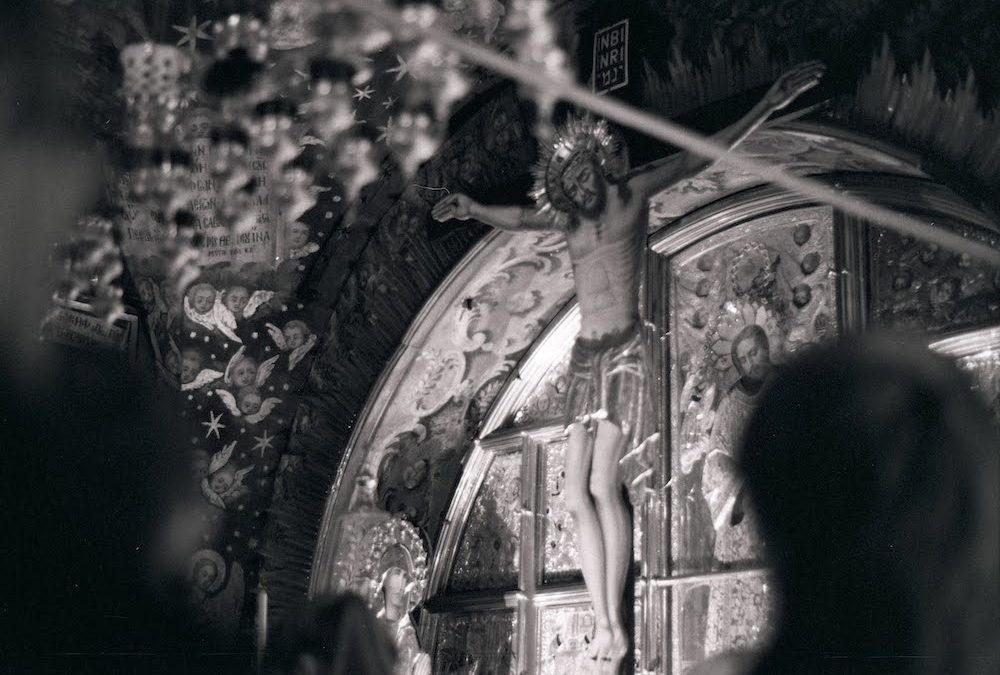In January 2020, CMF CURO Director of Operations, James Wilson, went on a pilgrimage to Jerusalem where he had the opportunity to experience the places and relics of the life of Christ. He kindly shares his personal Holy Week reflection and photos to invite you into the thoughts and emotions of visiting the place where Jesus died, was buried, and rose from the dead this Holy Week.
A Pilgrim’s Reflection – Jerusalem and the Light of Christ
We walked in near silence in the cool morning air. The Old City lay before us, shrouded in the stillness and darkness of the early hour. The sun would not begin to rise for at least two more hours. Occasionally someone would try to begin a conversation, but the solemnity of our quest would soon draw the small group back into silence. The old stones which paved the way were worn smooth by centuries of pedestrians and pilgrims, and as we rose and fell with the city’s terrain we had the sense of joining ranks with these men and women of ages past. Our quest this morning, our silent journey, was bringing us to the heart of human existence–the center of the world, in some sense.
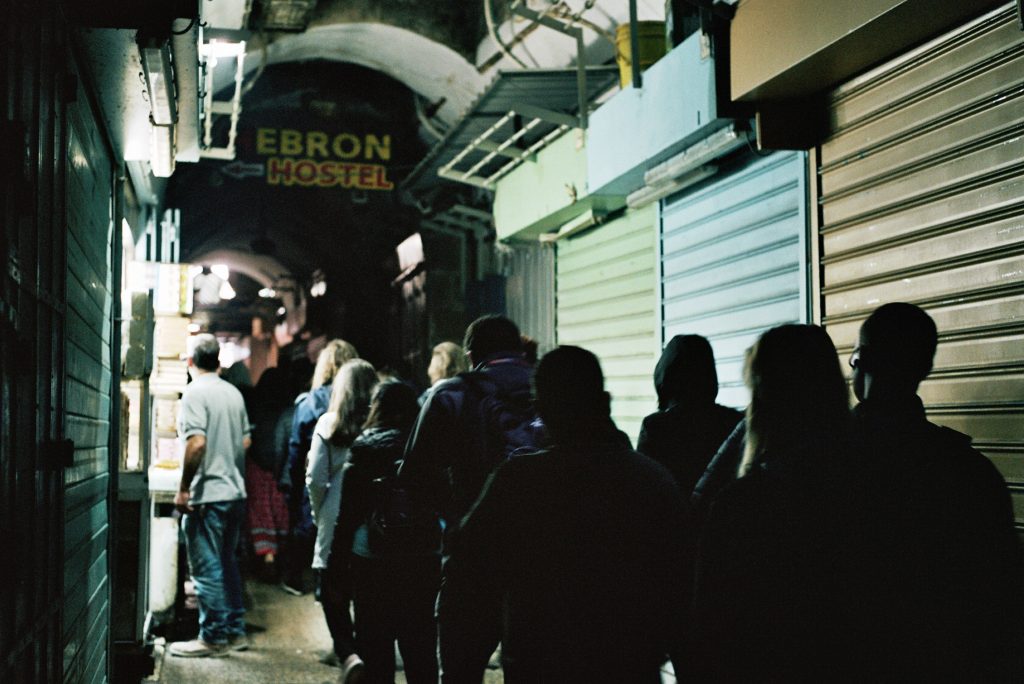
As we wound our way to the church of the Holy Sepulchre in the Old City of Jerusalem, the narrow streets unexpectedly gave way to a courtyard and the entrance to the holy site. This is no Roman basilica, with a majestic facade declaring the glory of Christendom with its lofty beauty and ornate architecture for all to see. The entryway is simple and humble, like the God-Man himself, who died and rose within. We enter the church and pass from the darkness without to a place of darkness within, illuminated only by a few candles and dim lights. Immediately we are confronted with the stone of anointing, where Jesus’ body was laid and anointed before burial. It is an unavoidable encounter with the concrete reality of suffering and death, particularly that of our Lord. It is as if the builders of this church wanted to say “welcome, pilgrim, and see that you cannot ignore or deny it—as men, death is our lot. Indeed, even the Lord, who became man, embraced death. He died in the flesh, to destroy death”.
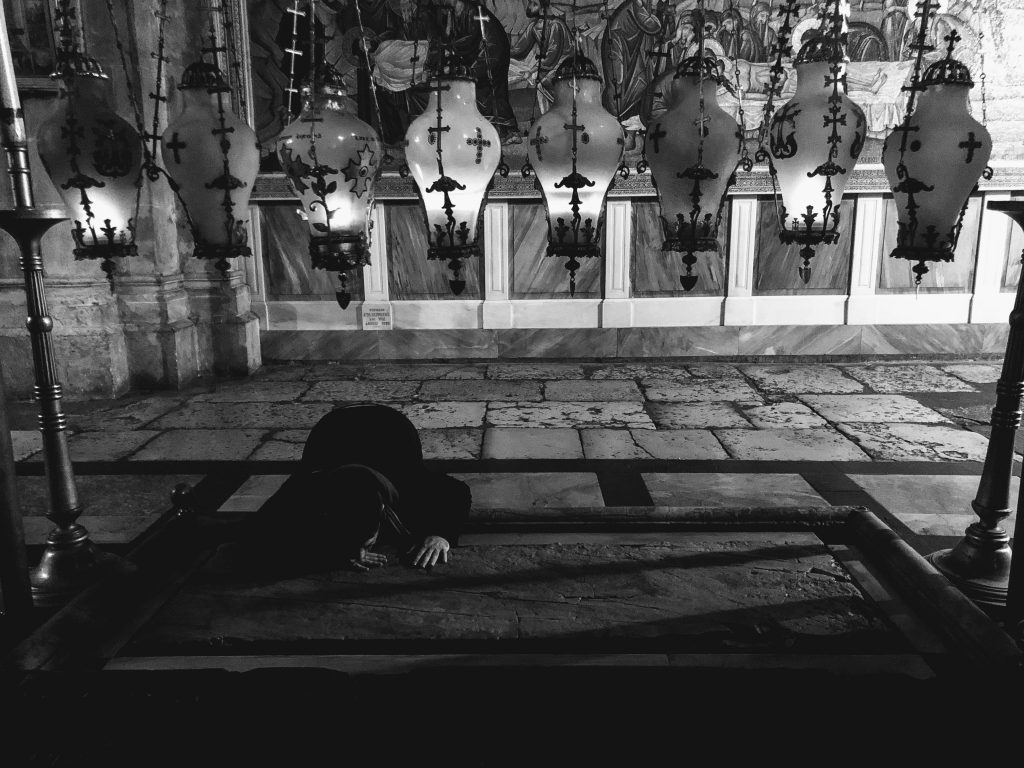
Our group disperses, as some go to pray before the empty tomb, others wander the myriad coves and corners of this sacred space, and others, myself included, climb the steps of Calvary to pray before the spot where Jesus Christ was crucified. I slide into a dark corner in the back to sit alone with my thoughts and listen to the Lord, but prayer this morning does not come easily. All I find is silence. It is a fitting prayer, perhaps, for this place. Confronted with Calvary, and confronted with our own crosses and suffering, at times the only prayer we can offer is the prayer of sitting in the silence, waiting for God to speak his word of life. So there I sit and wait. Slowly, very slowly, the thoughts and emotions begin to bubble, gently breaking the surface of my mind and heart.
“Lord, these past few years have been difficult. I don’t know why things have happened this way, where you’re leading me, or why I suffer–why it feels like you want me to suffer”. I feel bitterness rise, percolating within me.
“God doesn’t care about my struggles”, I tell myself. “God doesn’t really care about me. He enjoys crushing me”. The lies are fierce and persistent, pulling me deeper into the darkness and bitterness.
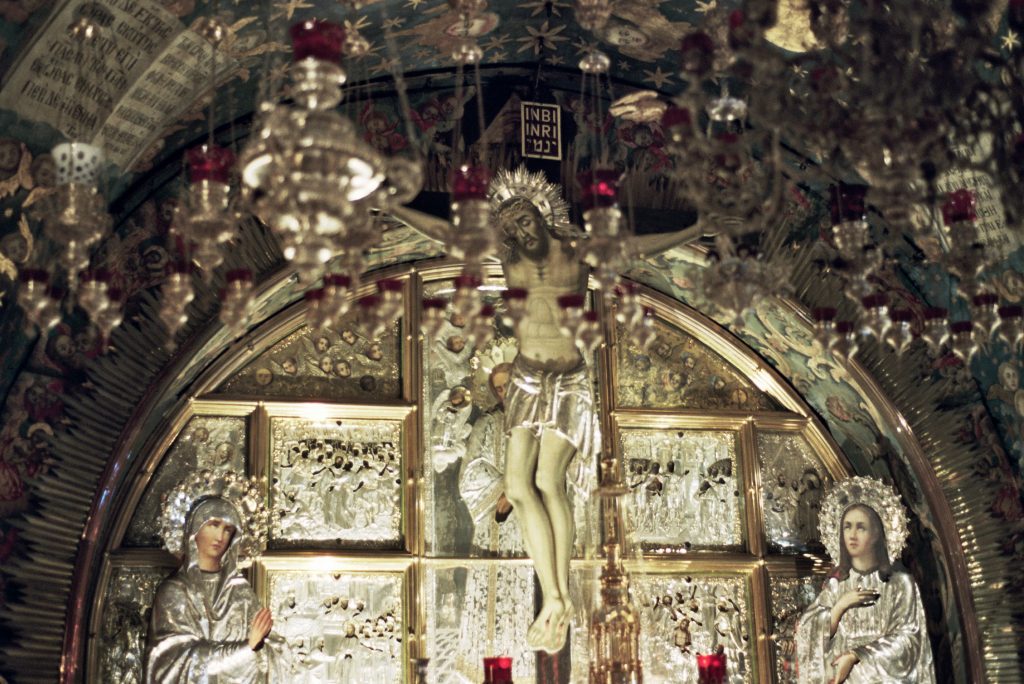
The minutes are passing, and the first large groups of pilgrims begin to shuffle in, with quiet murmurs and jackets and backpacks swishing as they line up to pray before the cross on Calvary. As they reach the front of the line, they approach the holy spot, kneel, kiss the ground or make a relic of some rosary or card, touching it to the stone. They stand up and move off, replaced by more pilgrims who repeat the rituals. The line is constant—as one group ends, another begins. Watching this endless stream, suddenly I see clearly. These people have come from every corner of the world, bringing with them their joys, sorrows and sufferings, and they have placed these things at the foot of the cross. Every single one of them bears some burden, and Jesus wants to take it all. He wants them to approach and lay it all down before him. He wants the burden of my bitterness as well. I don’t have to hide my brokenness anymore; He doesn’t want me to bottle it up inside. Rather, he wants me to pour it out upon him, to feel the emotions of my heart, the fear and the passion and the anger and the longing. He wants me to lay down my darkness, so he can give me light and life.
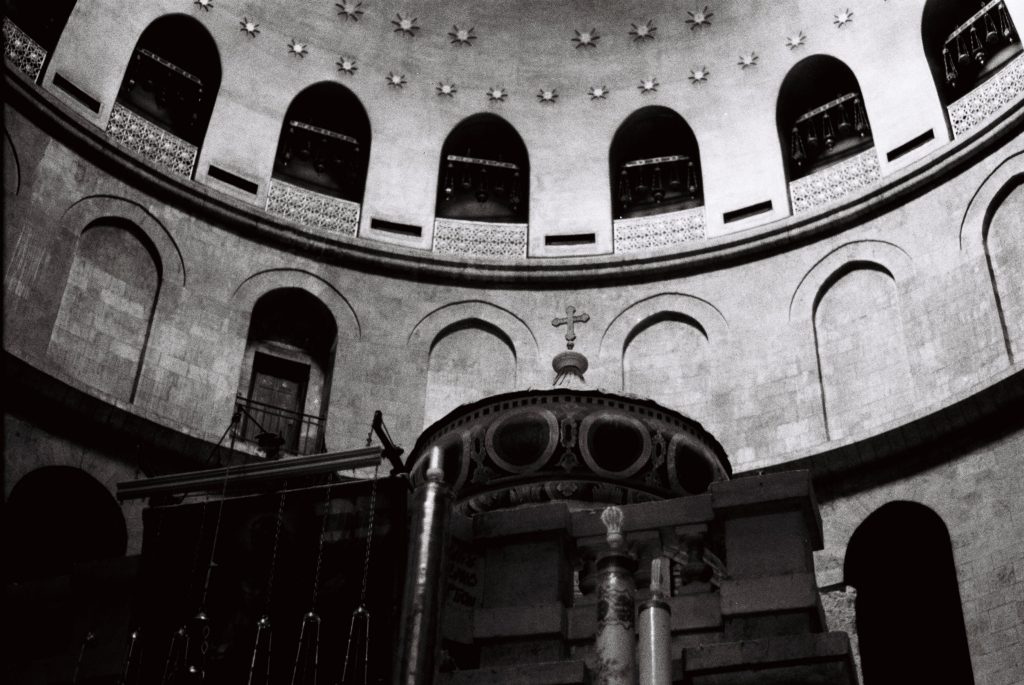
As these thoughts swirl into prayer, I hear mass begin just a few hundred feet away at the Tomb of the Resurrection. As the cantor sings an “Alleluia” I am struck by the contrast. Here I sit in the sorrow of the crucifixion, while hearing the alleluia of the resurrection. While there is suffering, there is simultaneously rejoicing. The Christian life is very much holding these in tandem—the reality of suffering and death, and the undeniable, unshakable hope in the resurrection and life.
As I sit, listening to the “Gloria” chanted in Latin, I am reminded of words spoken by Pope Benedict XVI a few years previously. In his 2011 Urbi et Orbi Easter message he said:
“The risen Christ is journeying ahead of us towards the new heavens and the new earth (cf. Rev 21:1), in which we shall all finally live as one family, as sons of the same Father. He is with us until the end of time. Let us walk behind him, in this wounded world, singing Alleluia. In our hearts there is joy and sorrow, on our faces there are smiles and tears. Such is our earthly reality. But Christ is risen, he is alive and he walks with us. For this reason we sing and we walk, faithfully carrying out our task in this world with our gaze fixed on heaven.”
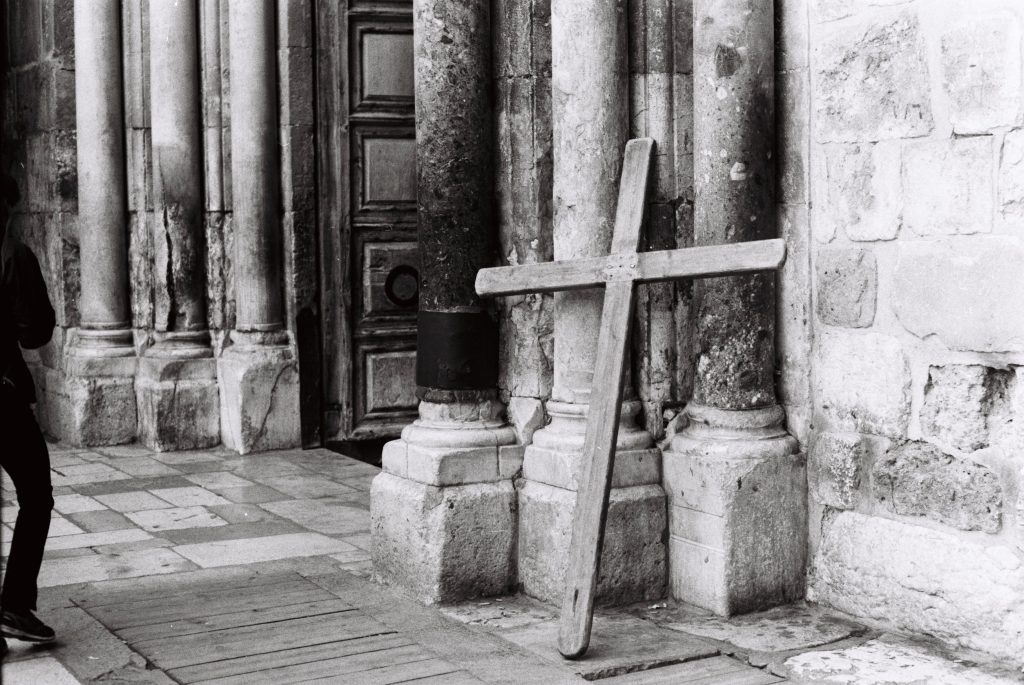
The sun is mostly risen now, streaming beams of light through the few windows of the church. As our group reassembles by the entrance of the church, I ready myself to walk out into the light of a new day, wiping the tears from my eyes and carrying this song of joy upon my lips.
